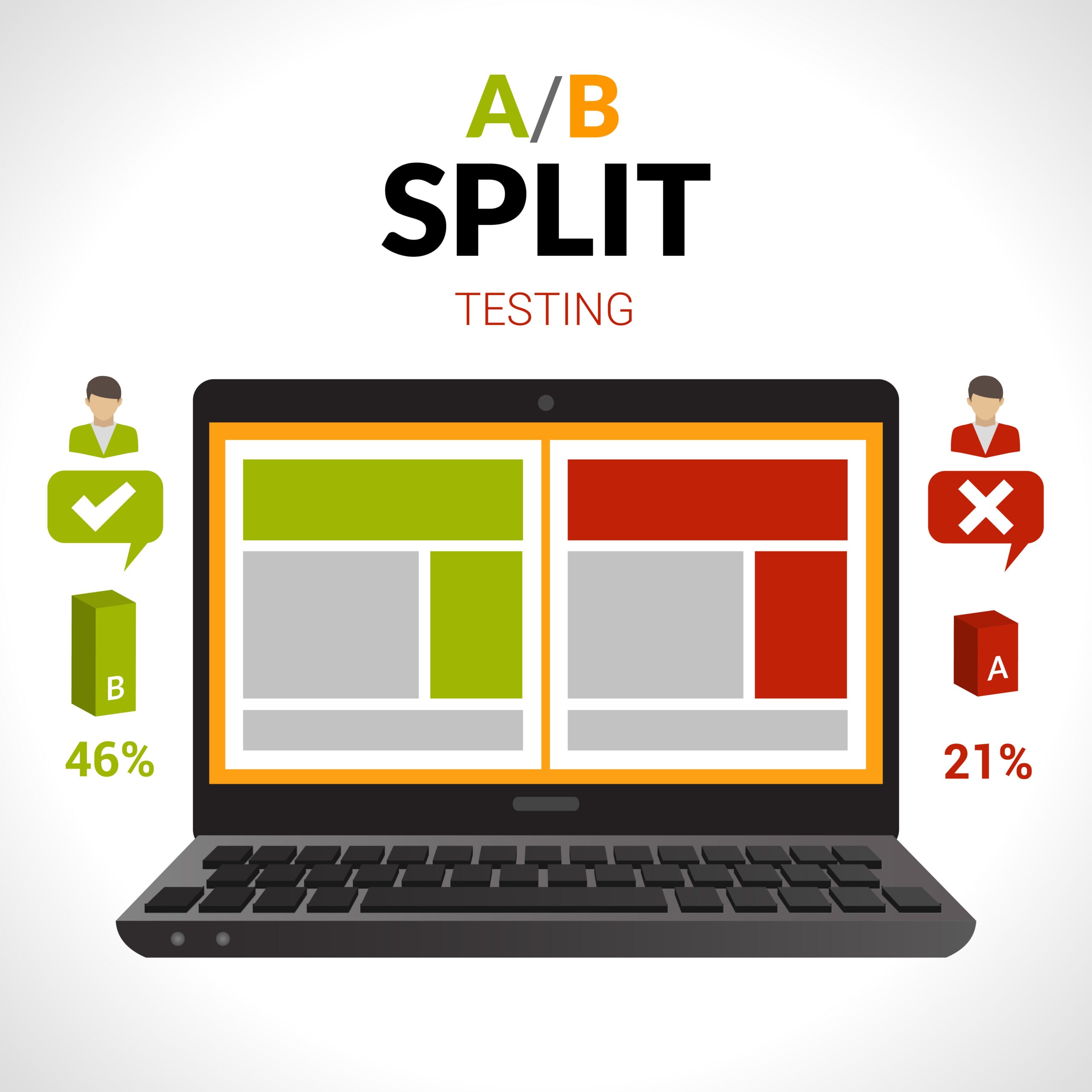How to Use A/B Testing to Improve Your Website’s Conversion Rate
Understanding Conversion and Conversion Rate Optimization
The success of any website relies heavily on its ability to convert visitors into customers or subscribers. The conversion rate is a metric that measures the percentage of website visitors who complete a desired action, such as making a purchase, signing up for a newsletter, or downloading a resource. A high conversion rate indicates an effective website that persuades visitors to take the desired action.
To improve your website’s conversion rate, you need to implement conversion rate optimization (CRO) strategies. One powerful technique in CRO is A/B testing, also known as split testing.
How A/B Testing Works
A/B testing involves creating two or more variations of a web page, referred to as the A and B versions. These variations differ in a specific element or feature, such as the headline, call-to-action button, layout, color scheme, or any other element that could impact the conversion rate.

Boost Your Website’s Performance!
Is your website underperforming? Our web development experts can help. With our comprehensive website audit, we’ll identify areas for improvement and provide actionable recommendations to enhance your site’s performance, usability, and SEO. Maximize your website’s potential and attract more visitors and customers. Take the first step towards success by scheduling a website audit today!
Using a testing tool, you can split the incoming traffic evenly between the different versions. This allows you to compare the conversion rates of each version and determine which one performs better. The test results provide valuable insights into what changes can be made to improve conversion rates.
Running an A/B Test
To run an A/B test, you first need to identify the element you want to test. It could be the headline, button text, form layout, or any other component on your landing page or web page that you believe could impact conversion rates. Make a single change in the B version while keeping the A version as the control.
Next, use a testing tool to divide your incoming traffic between the A and B versions. Ensure that the split is random and evenly distributed. This helps eliminate biases and ensures accurate results.
As the test runs, monitor the conversion rates, as well as other metrics like bounce rate, click-through rate, and open rates. Collect sufficient data to ensure statistical significance before drawing conclusions.
Analyzing Test Results and Making Improvements
Once you have collected enough data, it’s time to analyze the test results. Compare the conversion rates of the A and B versions to determine which one performed better. Consider other metrics such as bounce rate and click-through rate to gain a holistic understanding of the user experience.
If the B version outperformed the A version, you have discovered a change that positively impacts conversion rates. Implement this change on your website to improve your overall conversion rate.
The Power of Multivariate Testing
While A/B testing allows you to test different versions of a single element, multivariate testing takes it a step further. With multivariate testing, you can test multiple elements simultaneously to identify the best combination for optimal conversion rates.
For example, you can test different combinations of headlines, call-to-action buttons, and page designs to find the most effective arrangement. Multivariate testing provides a deeper understanding of how different elements interact with each other and their impact on conversion rates.
Subtitle 6: The Iterative Nature of Testing
Conversion rate optimization is an ongoing process. A/B testing is not a one-time effort; it requires constant monitoring and iteration to ensure continued improvement.
Keep testing new ideas and variations to find ways to boost your conversion rate. Even small changes can have a significant impact on your conversion rates over time. By constantly testing, you can uncover new insights and improve your website’s performance.
The Conversion Funnel and A/B Testing
A/B testing can also be applied to different stages of the conversion funnel. From the initial landing page to the checkout process, each step presents an opportunity for improvement.
Test different landing page designs, pricing structures, form lengths, or any other element that could affect conversion rates at each stage of the funnel. By identifying and addressing bottlenecks in the conversion process, you can increase conversions and ultimately improve your bottom line.
The Benefits of A/B Testing
A/B testing provides several benefits for website owners and marketers. By testing different variations, you can:
- Identify the best-performing elements and strategies to improve conversion rates.
- Validate assumptions and theories about user behavior.
- Optimize your website based on data-driven insights rather than guesswork.
- Maximize the return on investment (ROI) for your marketing efforts.
- Enhance the user experience and increase customer satisfaction.
Conclusion
A/B testing, also known as split testing, is a powerful tool for improving your website’s conversion rate. By systematically testing different variations of your landing pages or web pages, you can identify the most effective elements and strategies to increase conversions.
Remember that A/B testing is an iterative process that requires constant monitoring and experimentation. Keep testing, analyzing results, and making improvements to achieve continuous growth in your conversion rates. With the right testing tools and a data-driven approach, you can optimize your website and achieve higher conversion rates.


